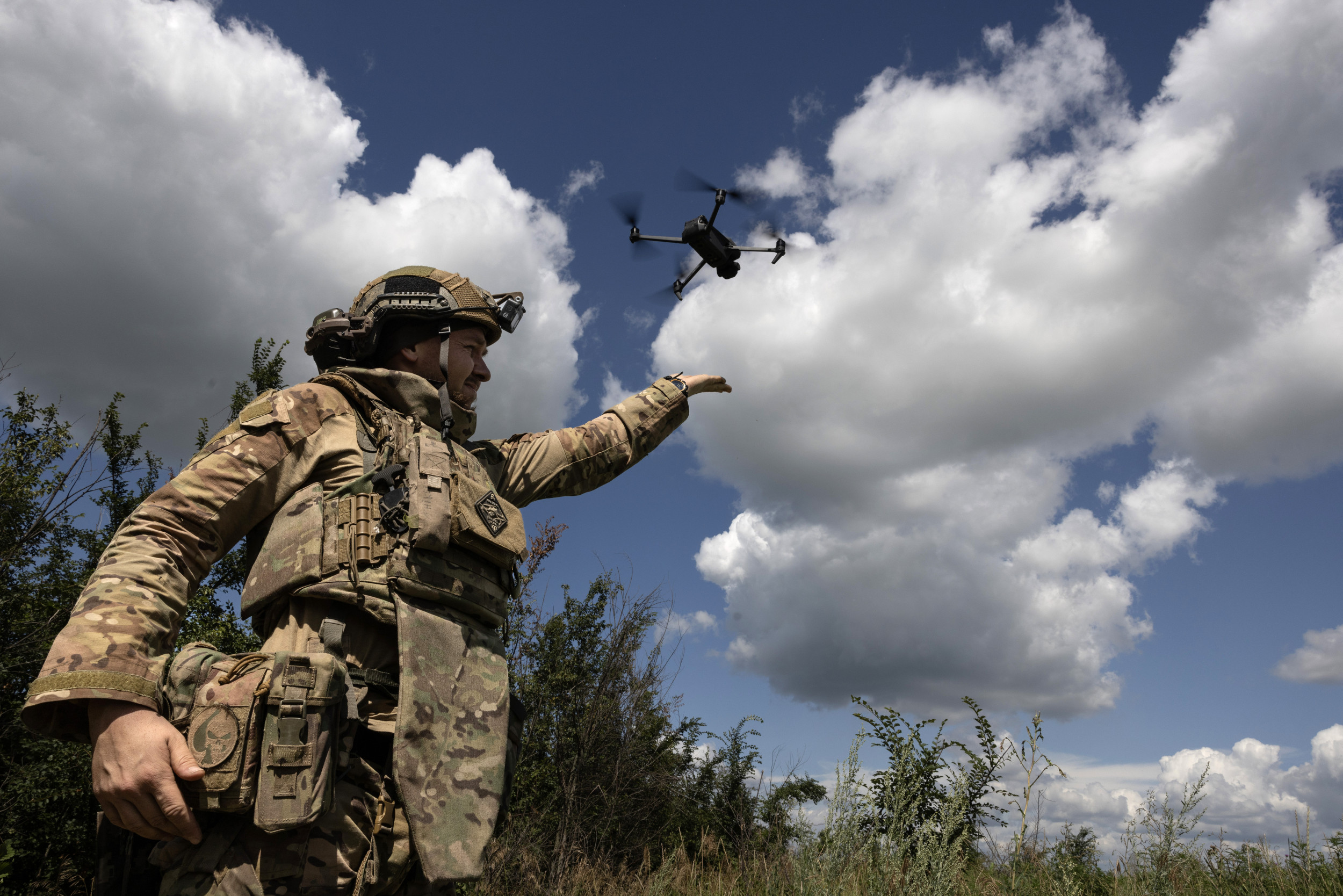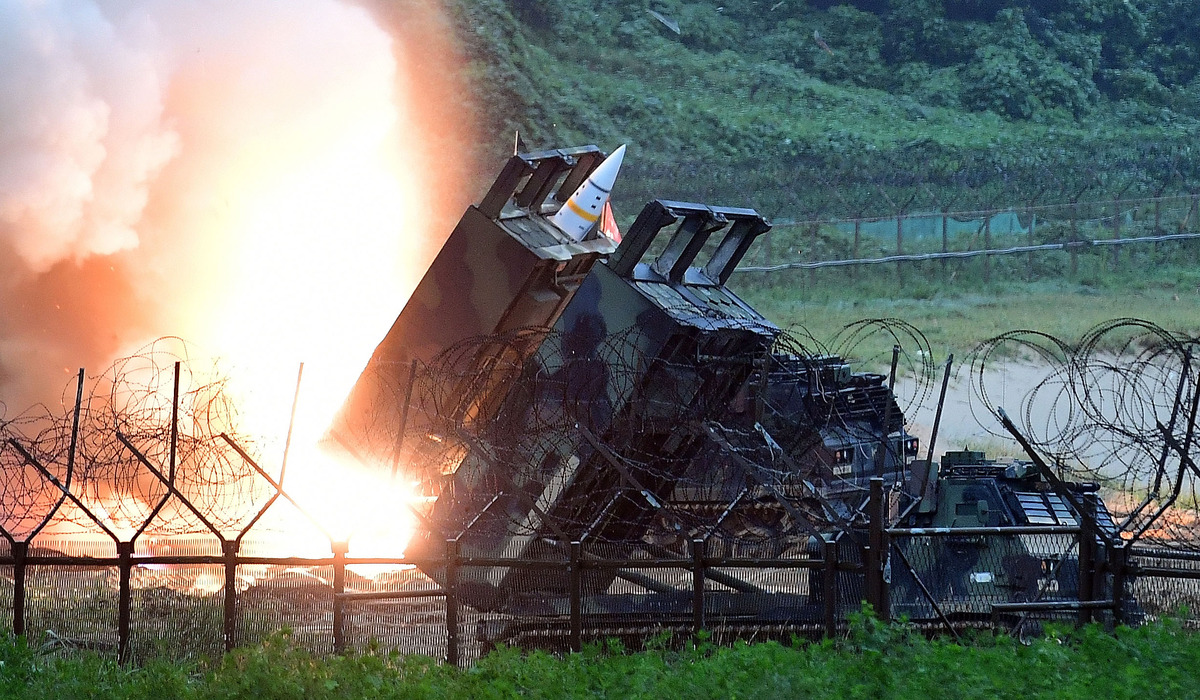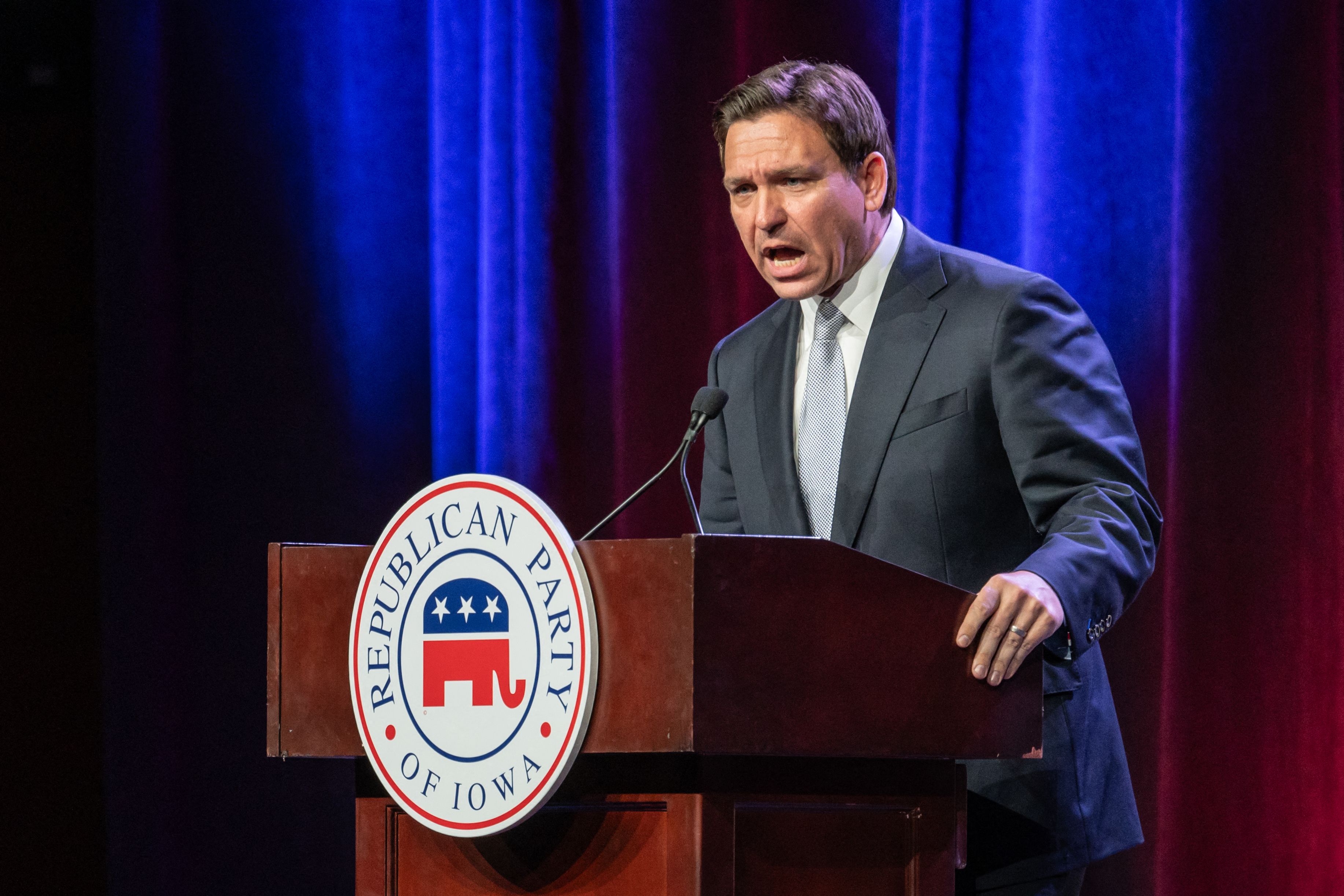Suicide Basin's waters rose for months before massive amounts of water overwhelmed Alaska's Mendenhall River over the weekend, according to a time-lapse video.
Suicide Basin is a side basin of the Mendenhall Glacier near the capital city of Juneau. The basin was previously a glacier that melted, exposing barren rock. As the nearby Mendenhall Glacier melts each year, the basin collects water until a glacier lake outburst floods the Mendenhall River. The flooding has occurred each year since 2011, according to a National Weather Service (NWS) report, but this year the record-breaking swell shocked meteorologists.
Nearly 15 feet of water was recorded at Suicide Basin on Saturday night, topping the 2016 record of 11.99 feet by more than 3 feet.
Saturday's glacier lake outburst caused torrential flooding in Juneau that ate away at the riverbanks and even caused several structures to tumble into the river. The time-lapse video, which was shared on X (formerly Twitter), depicts the rise of water in Suicide Basin over three months, leading up to its massive release over the weekend.

The time-lapse video, posted on Tuesday, showed low water levels in the basin in May. Glacial ice melt causes the water levels to rise quickly throughout the video, before reaching the record-breaking level of 14.97 feet just before the outburst. The video showed the levels plummeting on Saturday, when the outburst released floodwaters into the Mendenhall River.
"Emptying of Suicide Basin which caused the #Mendenhall Glacier [glacier lake outburst flooding] downstream, Juneau, Alaska," social media user @subfossilguy posted with the video.
Emptying of Suicide Basin which caused the #Mendenhall Glacier #GLOF downstream, Juneau, Alaska
— Melaine Le Roy (@subfossilguy) August 8, 2023
🌊❄️🔥https://t.co/rmDaenHwou pic.twitter.com/nhrx46JEyk
The video has been viewed more than 43,000 times as of Tuesday afternoon. The basin's water level is expected to return to 5.9 feet.
Meteorologist and climate specialist Jeff Berardelli reposted the time-lapse video late Tuesday morning.
"Glacial Lake Outburst Floods are [an] increasing threat to towns below in the river basins," he wrote.
Glacial Lake Outburst Floods are a increasing threat to towns below in the river basins. https://t.co/gH435RzPkD
— Jeff Berardelli (@WeatherProf) August 8, 2023
Global warming is contributing to the rate at which glaciers melt, and scientists are concerned that glacier lake outburst flooding will become more common around the world as the ice melts at historically unprecedented rates, according to a 2021 study in the journal Nature Climate Change. The event over the weekend shattered records and prompted the city of Juneau to issue a local declaration of emergency.
However, AccuWeather meteorologist Brian Lada told Newsweek that meteorologists can't say with certainty if the most recent flood was a result of climate change. More water had collected in Suicide Basin before the glacial dam burst, but that could be because of above-average rainfall or snowfall, Lada said.
The flooding occurs each year, but the severity of the event over the weekend had less than a 1 percent chance of happening, according to a report by ABC News. Water discharged from Suicide Basin at a rate of 25,000 cubic feet per second.
"We couldn't imagine this amount of water coming out so fast," NWS hydrologist Aaron Jacobs told ABC News.








